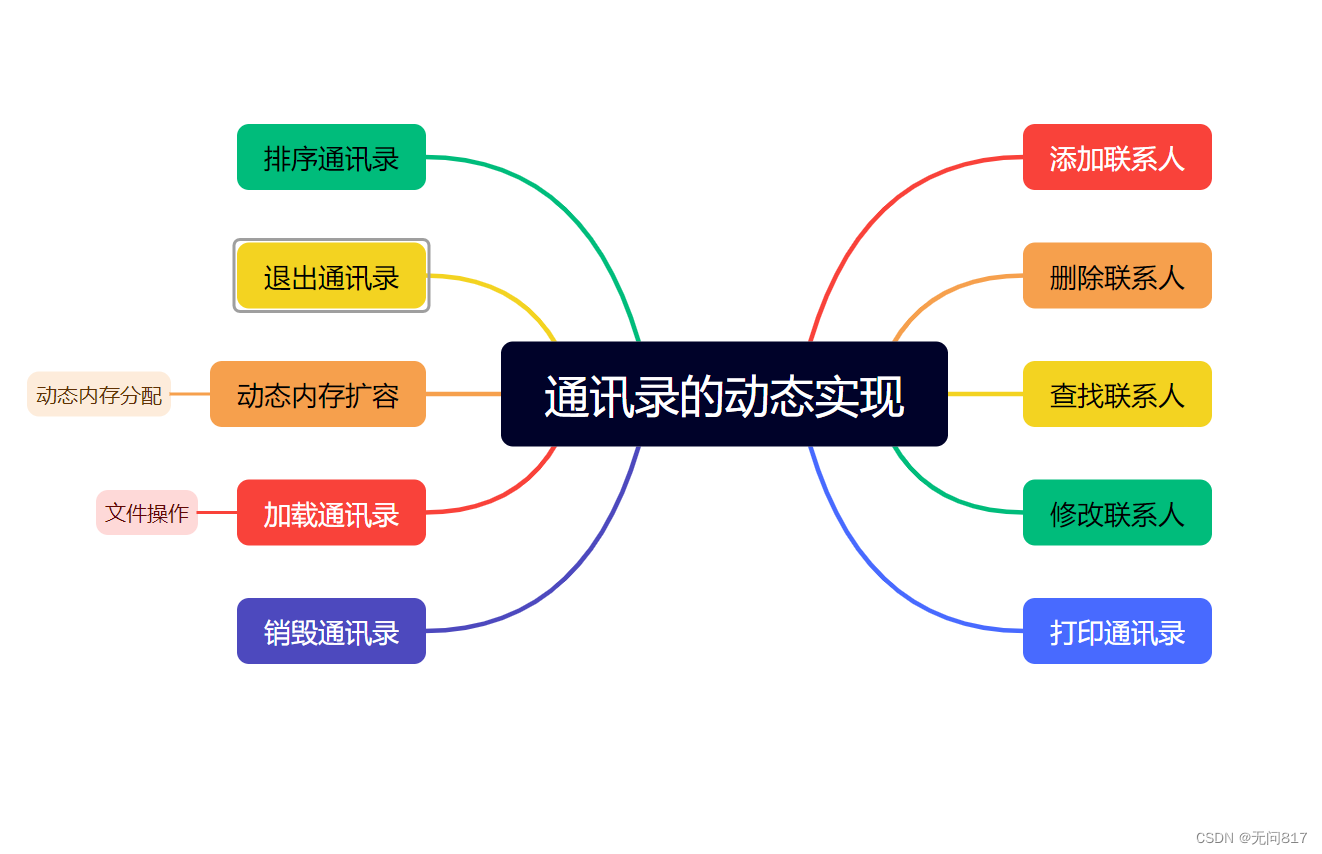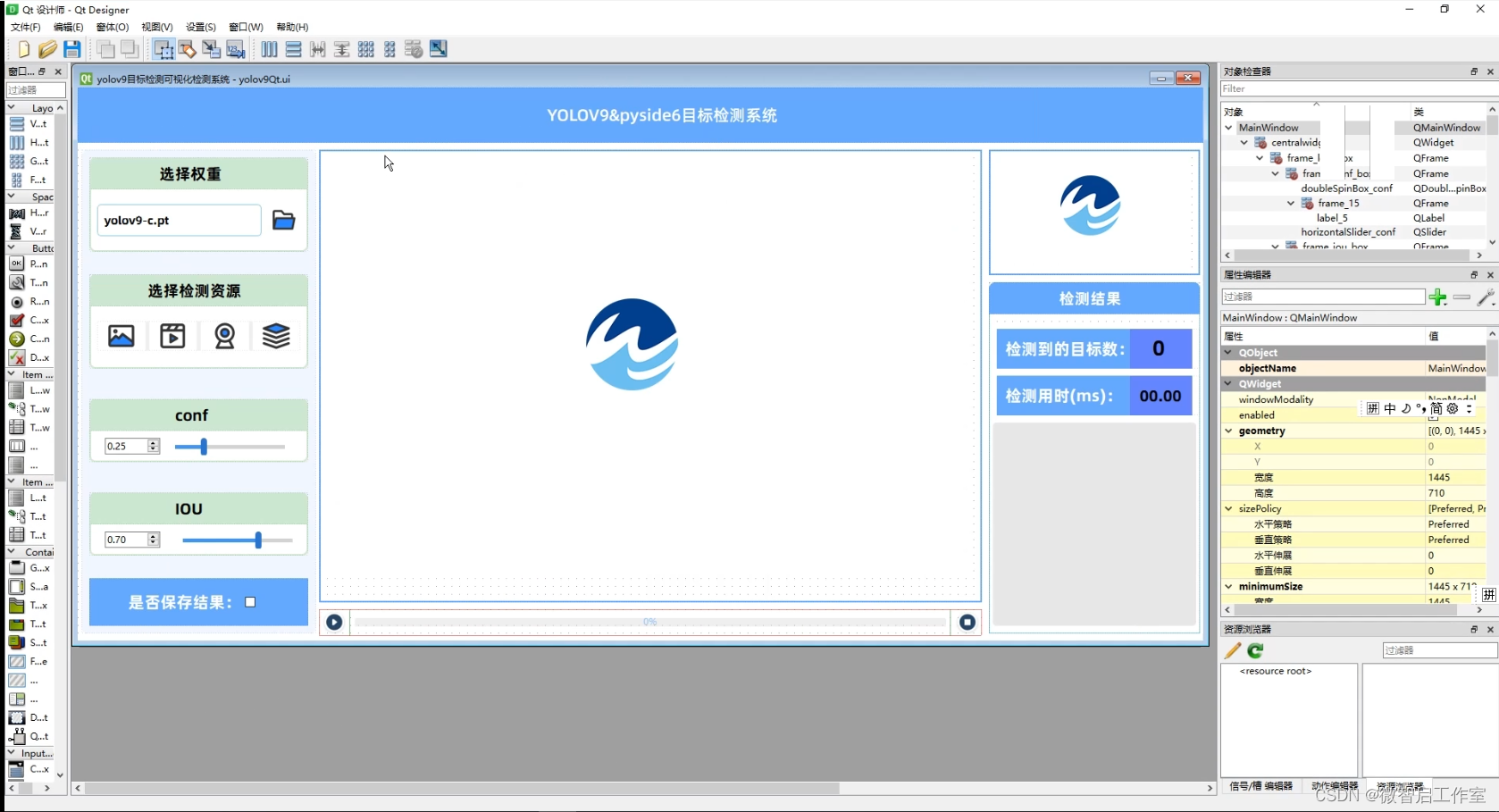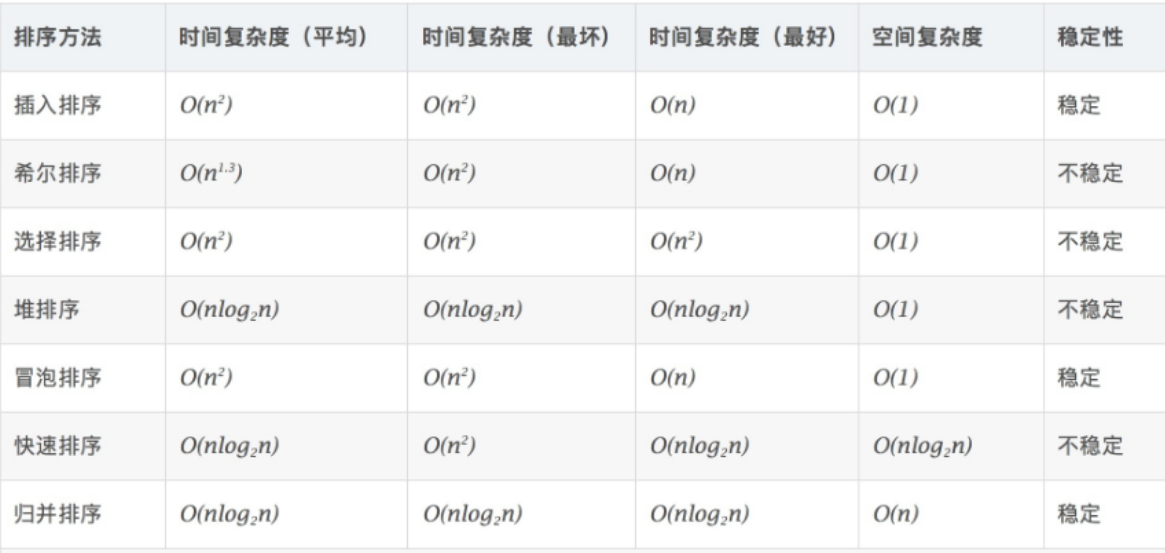本文为🔗365天深度学习训练营 中的学习记录博客
原作者:K同学啊|接辅导、项目定制
我的环境:
1.语言:python3.7
2.编译器:pycharm
3.深度学习框架Tensorflow/Pytorch 1.8.0+cu111
一、代码解读
import argparse
import contextlib
import os
import platform
import sys
from copy import deepcopy
from pathlib import Path
FILE = Path(__file__).resolve()
ROOT = FILE.parents[1] # YOLOv5 root directory
if str(ROOT) not in sys.path:
sys.path.append(str(ROOT)) # add ROOT to PATH
if platform.system() != 'Windows':
ROOT = Path(os.path.relpath(ROOT, Path.cwd())) # relative
from models.common import * # noqa
from models.experimental import * # noqa
from utils.autoanchor import check_anchor_order
from utils.general import LOGGER, check_version, check_yaml, make_divisible, print_args
from utils.plots import feature_visualization
from utils.torch_utils import (fuse_conv_and_bn, initialize_weights, model_info, profile, scale_img, select_device,
time_sync)
try:
import thop # for FLOPs computation
except ImportError:
thop = Noneargparse用于命令行参数解析contextlib用于上下文管理os和platform用于操作系统和平台相关的功能deepcopy用于深拷贝对象Path用于处理文件路径- 尝试导入
thop库,用于计算模型的浮点运算量
FILE 是当前文件的绝对路径
ROOT 是当前文件的父目录的父目录
Detect类
class Detect(nn.Module):
# YOLOv5 Detect head for detection models
stride = None # strides computed during build
dynamic = False # force grid reconstruction
export = False # export mode
def __init__(self, nc=80, anchors=(), ch=(), inplace=True): # detection layer
super().__init__()
self.nc = nc # number of classes
self.no = nc + 5 # number of outputs per anchor
self.nl = len(anchors) # number of detection layers
self.na = len(anchors[0]) // 2 # number of anchors
self.grid = [torch.empty(0) for _ in range(self.nl)] # init grid
self.anchor_grid = [torch.empty(0) for _ in range(self.nl)] # init anchor grid
self.register_buffer('anchors', torch.tensor(anchors).float().view(self.nl, -1, 2)) # shape(nl,na,2)
self.m = nn.ModuleList(nn.Conv2d(x, self.no * self.na, 1) for x in ch) # output conv
self.inplace = inplace # use inplace ops (e.g. slice assignment)
def forward(self, x):
z = [] # inference output
for i in range(self.nl):
x[i] = self.m[i](x[i]) # conv
bs, _, ny, nx = x[i].shape # x(bs,255,20,20) to x(bs,3,20,20,85)
x[i] = x[i].view(bs, self.na, self.no, ny, nx).permute(0, 1, 3, 4, 2).contiguous()
if not self.training: # inference
if self.dynamic or self.grid[i].shape[2:4] != x[i].shape[2:4]:
self.grid[i], self.anchor_grid[i] = self._make_grid(nx, ny, i)
if isinstance(self, Segment): # (boxes + masks)
xy, wh, conf, mask = x[i].split((2, 2, self.nc + 1, self.no - self.nc - 5), 4)
xy = (xy.sigmoid() * 2 + self.grid[i]) * self.stride[i] # xy
wh = (wh.sigmoid() * 2) ** 2 * self.anchor_grid[i] # wh
y = torch.cat((xy, wh, conf.sigmoid(), mask), 4)
else: # Detect (boxes only)
xy, wh, conf = x[i].sigmoid().split((2, 2, self.nc + 1), 4)
xy = (xy * 2 + self.grid[i]) * self.stride[i] # xy
wh = (wh * 2) ** 2 * self.anchor_grid[i] # wh
y = torch.cat((xy, wh, conf), 4)
z.append(y.view(bs, self.na * nx * ny, self.no))
return x if self.training else (torch.cat(z, 1), ) if self.export else (torch.cat(z, 1), x)
def _make_grid(self, nx=20, ny=20, i=0, torch_1_10=check_version(torch.__version__, '1.10.0')):
d = self.anchors[i].device
t = self.anchors[i].dtype
shape = 1, self.na, ny, nx, 2 # grid shape
y, x = torch.arange(ny, device=d, dtype=t), torch.arange(nx, device=d, dtype=t)
yv, xv = torch.meshgrid(y, x, indexing='ij') if torch_1_10 else torch.meshgrid(y, x) # torch>=0.7 compatibility
grid = torch.stack((xv, yv), 2).expand(shape) - 0.5 # add grid offset, i.e. y = 2.0 * x - 0.5
anchor_grid = (self.anchors[i] * self.stride[i]).view((1, self.na, 1, 1, 2)).expand(shape)
return grid, anchor_grid
stride:用于存储在构建期间计算的步幅(strides),在前向传播中使用。dynamic和export:这两个属性都是布尔值,分别用于指示是否强制进行网格重构和导出模式。__init__方法:初始化函数,接受一些参数,包括nc(类别数)、anchors(锚框)、ch(通道数)、inplace(是否使用原地操作)。nc:类别数no:每个锚框的输出数(类别数加上5)nl:检测层的数量(锚框的数量)na:每个检测层的锚框数量grid和anchor_grid:用于存储网格和锚框网格的空列表anchors:将锚框转换为张量并注册为缓冲区m:输出卷积的模块列表
forward方法:前向传播函数,接受输入张量x,并返回输出张量。- 循环遍历每个检测层
- 对输入进行卷积操作,并调整形状以适应后续处理
- 如果不是训练模式,则进行推理操作
- 根据是否是分割模式,对不同的输出进行不同的处理
- 将处理后的输出添加到列表
z中 - 返回输出张量
x(如果是训练模式)、合并后的检测结果张量(如果是导出模式)或者分别返回这两者(如果不是训练模式且不是导出模式)
_make_grid方法:用于生成网格和锚框网格。- 创建网格和锚框网格
- 根据输入的尺寸和索引调整形状
- 返回网格和锚框网格
parse_model函数
def parse_model(d, ch): # model_dict, input_channels(3)
# Parse a YOLOv5 model.yaml dictionary
LOGGER.info(f"\n{'':>3}{'from':>18}{'n':>3}{'params':>10} {'module':<40}{'arguments':<30}")
anchors, nc, gd, gw, act = d['anchors'], d['nc'], d['depth_multiple'], d['width_multiple'], d.get('activation')
if act:
Conv.default_act = eval(act) # redefine default activation, i.e. Conv.default_act = nn.SiLU()
LOGGER.info(f"{colorstr('activation:')} {act}") # print
na = (len(anchors[0]) // 2) if isinstance(anchors, list) else anchors # number of anchors
no = na * (nc + 5) # number of outputs = anchors * (classes + 5)
layers, save, c2 = [], [], ch[-1] # layers, savelist, ch out
for i, (f, n, m, args) in enumerate(d['backbone'] + d['head']): # from, number, module, args
m = eval(m) if isinstance(m, str) else m # eval strings
for j, a in enumerate(args):
with contextlib.suppress(NameError):
args[j] = eval(a) if isinstance(a, str) else a # eval strings
n = n_ = max(round(n * gd), 1) if n > 1 else n # depth gain
if m in {
Conv, GhostConv, Bottleneck, GhostBottleneck, SPP, SPPF, DWConv, MixConv2d, Focus, CrossConv,
BottleneckCSP, C3, C3TR, C3SPP, C3Ghost, nn.ConvTranspose2d, DWConvTranspose2d, C3x}:
c1, c2 = ch[f], args[0]
if c2 != no: # if not output
c2 = make_divisible(c2 * gw, 8)
args = [c1, c2, *args[1:]]
if m in {BottleneckCSP, C3, C3TR, C3Ghost, C3x}:
args.insert(2, n) # number of repeats
n = 1
elif m is nn.BatchNorm2d:
args = [ch[f]]
elif m is Concat:
c2 = sum(ch[x] for x in f)
# TODO: channel, gw, gd
elif m in {Detect, Segment}:
args.append([ch[x] for x in f])
if isinstance(args[1], int): # number of anchors
args[1] = [list(range(args[1] * 2))] * len(f)
if m is Segment:
args[3] = make_divisible(args[3] * gw, 8)
elif m is Contract:
c2 = ch[f] * args[0] ** 2
elif m is Expand:
c2 = ch[f] // args[0] ** 2
else:
c2 = ch[f]
m_ = nn.Sequential(*(m(*args) for _ in range(n))) if n > 1 else m(*args) # module
t = str(m)[8:-2].replace('__main__.', '') # module type
np = sum(x.numel() for x in m_.parameters()) # number params
m_.i, m_.f, m_.type, m_.np = i, f, t, np # attach index, 'from' index, type, number params
LOGGER.info(f'{i:>3}{str(f):>18}{n_:>3}{np:10.0f} {t:<40}{str(args):<30}') # print
save.extend(x % i for x in ([f] if isinstance(f, int) else f) if x != -1) # append to savelist
layers.append(m_)
if i == 0:
ch = []
ch.append(c2)
return nn.Sequential(*layers), sorted(save)该函数将模型的模块拼接起来,搭建完成网络模型。如果要改动模型框架,需要修改此函数。
- 从配置信息中提取 anchors、nc(类别数)、gd(深度倍数)、gw(宽度倍数)和激活函数类型。
- 遍历配置中的
backbone和head,这两个部分描述了模型的骨干网络和检测头。 - 对于每个模块,根据其类型进行相应的处理:
- 如果是卷积层(如 Conv、Bottleneck 等),根据深度倍数和宽度倍数调整输出通道数,并创建相应的模块。
- 如果是 BatchNorm2d,则根据输入通道数创建模块。
- 如果是 Concat,则根据输入通道数的总和创建模块。
- 如果是 Detect 或 Segment,则根据输入通道数列表创建模块,并根据宽度倍数调整参数。
- 如果是 Contract 或 Expand,则根据输入通道数和倍数调整输出通道数。
- 创建模块实例,并记录相关信息,如模块类型、参数数量等。
- 将构建好的模块添加到网络层序列中,并将需要保存输出的层索引记录下来。
- 最后返回构建好的模型和需要保存输出的层索引。
BaseModel类
class BaseModel(nn.Module):
# YOLOv5 base model
def forward(self, x, profile=False, visualize=False):
return self._forward_once(x, profile, visualize) # single-scale inference, train
def _forward_once(self, x, profile=False, visualize=False):
y, dt = [], [] # outputs
for m in self.model:
if m.f != -1: # if not from previous layer
x = y[m.f] if isinstance(m.f, int) else [x if j == -1 else y[j] for j in m.f] # from earlier layers
if profile:
self._profile_one_layer(m, x, dt)
x = m(x) # run
y.append(x if m.i in self.save else None) # save output
if visualize:
feature_visualization(x, m.type, m.i, save_dir=visualize)
return x
def _profile_one_layer(self, m, x, dt):
c = m == self.model[-1] # is final layer, copy input as inplace fix
o = thop.profile(m, inputs=(x.copy() if c else x, ), verbose=False)[0] / 1E9 * 2 if thop else 0 # FLOPs
t = time_sync()
for _ in range(10):
m(x.copy() if c else x)
dt.append((time_sync() - t) * 100)
if m == self.model[0]:
LOGGER.info(f"{'time (ms)':>10s} {'GFLOPs':>10s} {'params':>10s} module")
LOGGER.info(f'{dt[-1]:10.2f} {o:10.2f} {m.np:10.0f} {m.type}')
if c:
LOGGER.info(f"{sum(dt):10.2f} {'-':>10s} {'-':>10s} Total")
def fuse(self): # fuse model Conv2d() + BatchNorm2d() layers
LOGGER.info('Fusing layers... ')
for m in self.model.modules():
if isinstance(m, (Conv, DWConv)) and hasattr(m, 'bn'):
m.conv = fuse_conv_and_bn(m.conv, m.bn) # update conv
delattr(m, 'bn') # remove batchnorm
m.forward = m.forward_fuse # update forward
self.info()
return self
def info(self, verbose=False, img_size=640): # print model information
model_info(self, verbose, img_size)
def _apply(self, fn):
# Apply to(), cpu(), cuda(), half() to model tensors that are not parameters or registered buffers
self = super()._apply(fn)
m = self.model[-1] # Detect()
if isinstance(m, (Detect, Segment)):
m.stride = fn(m.stride)
m.grid = list(map(fn, m.grid))
if isinstance(m.anchor_grid, list):
m.anchor_grid = list(map(fn, m.anchor_grid))
return self
BaseModel 类是 YOLOv5 模型的基类,包含了一些用于模型前向推断、性能评估和模型信息打印等方法。
-
forward(self, x, profile=False, visualize=False): 定义了模型的前向传播过程。根据参数profile和visualize的设置,选择是否进行性能分析和特征可视化。调用了_forward_once方法来执行单次前向传播。 -
_forward_once(self, x, profile=False, visualize=False): 单次前向传播过程。遍历模型中的每一层,根据保存输出的层索引记录下需要的特征。如果设置了profile参数,则调用_profile_one_layer方法进行性能分析。如果设置了visualize参数,则调用feature_visualization方法进行特征可视化。 -
_profile_one_layer(self, m, x, dt): 对单个模块进行性能分析。计算模块的 FLOPs(浮点运算量)和运行时间,并输出日志信息。 -
fuse(self): 将模型中的Conv2d()和BatchNorm2d()层融合为单个层。通过遍历模型中的每个模块,对满足条件的模块进行融合操作,并更新模型结构。 -
info(self, verbose=False, img_size=640): 打印模型的相关信息。调用了model_info方法来输出模型的结构、参数数量等信息。 -
_apply(self, fn): 应用给定的函数到模型的张量上,例如to(),cpu(),cuda(),half()。在这个方法中,除了将函数应用到模型的张量参数上之外,还更新了Detect或Segment类型模块中的一些属性,如stride、grid和anchor_grid。
DetectionModel类
class DetectionModel(BaseModel):
# YOLOv5 detection model
def __init__(self, cfg='yolov5s.yaml', ch=3, nc=None, anchors=None): # model, input channels, number of classes
super().__init__()
if isinstance(cfg, dict):
self.yaml = cfg # model dict
else: # is *.yaml
import yaml # for torch hub
self.yaml_file = Path(cfg).name
with open(cfg, encoding='ascii', errors='ignore') as f:
self.yaml = yaml.safe_load(f) # model dict
# Define model
ch = self.yaml['ch'] = self.yaml.get('ch', ch) # input channels
if nc and nc != self.yaml['nc']:
LOGGER.info(f"Overriding model.yaml nc={self.yaml['nc']} with nc={nc}")
self.yaml['nc'] = nc # override yaml value
if anchors:
LOGGER.info(f'Overriding model.yaml anchors with anchors={anchors}')
self.yaml['anchors'] = round(anchors) # override yaml value
self.model, self.save = parse_model(deepcopy(self.yaml), ch=[ch]) # model, savelist
self.names = [str(i) for i in range(self.yaml['nc'])] # default names
self.inplace = self.yaml.get('inplace', True)
# Build strides, anchors
m = self.model[-1] # Detect()
if isinstance(m, (Detect, Segment)):
s = 256 # 2x min stride
m.inplace = self.inplace
forward = lambda x: self.forward(x)[0] if isinstance(m, Segment) else self.forward(x)
m.stride = torch.tensor([s / x.shape[-2] for x in forward(torch.zeros(1, ch, s, s))]) # forward
check_anchor_order(m)
m.anchors /= m.stride.view(-1, 1, 1)
self.stride = m.stride
self._initialize_biases() # only run once
# Init weights, biases
initialize_weights(self)
self.info()
LOGGER.info('')
def forward(self, x, augment=False, profile=False, visualize=False):
if augment:
return self._forward_augment(x) # augmented inference, None
return self._forward_once(x, profile, visualize) # single-scale inference, train
def _forward_augment(self, x):
img_size = x.shape[-2:] # height, width
s = [1, 0.83, 0.67] # scales
f = [None, 3, None] # flips (2-ud, 3-lr)
y = [] # outputs
for si, fi in zip(s, f):
xi = scale_img(x.flip(fi) if fi else x, si, gs=int(self.stride.max()))
yi = self._forward_once(xi)[0] # forward
# cv2.imwrite(f'img_{si}.jpg', 255 * xi[0].cpu().numpy().transpose((1, 2, 0))[:, :, ::-1]) # save
yi = self._descale_pred(yi, fi, si, img_size)
y.append(yi)
y = self._clip_augmented(y) # clip augmented tails
return torch.cat(y, 1), None # augmented inference, train
def _descale_pred(self, p, flips, scale, img_size):
# de-scale predictions following augmented inference (inverse operation)
if self.inplace:
p[..., :4] /= scale # de-scale
if flips == 2:
p[..., 1] = img_size[0] - p[..., 1] # de-flip ud
elif flips == 3:
p[..., 0] = img_size[1] - p[..., 0] # de-flip lr
else:
x, y, wh = p[..., 0:1] / scale, p[..., 1:2] / scale, p[..., 2:4] / scale # de-scale
if flips == 2:
y = img_size[0] - y # de-flip ud
elif flips == 3:
x = img_size[1] - x # de-flip lr
p = torch.cat((x, y, wh, p[..., 4:]), -1)
return p
def _clip_augmented(self, y):
# Clip YOLOv5 augmented inference tails
nl = self.model[-1].nl # number of detection layers (P3-P5)
g = sum(4 ** x for x in range(nl)) # grid points
e = 1 # exclude layer count
i = (y[0].shape[1] // g) * sum(4 ** x for x in range(e)) # indices
y[0] = y[0][:, :-i] # large
i = (y[-1].shape[1] // g) * sum(4 ** (nl - 1 - x) for x in range(e)) # indices
y[-1] = y[-1][:, i:] # small
return y
def _initialize_biases(self, cf=None): # initialize biases into Detect(), cf is class frequency
# https://arxiv.org/abs/1708.02002 section 3.3
# cf = torch.bincount(torch.tensor(np.concatenate(dataset.labels, 0)[:, 0]).long(), minlength=nc) + 1.
m = self.model[-1] # Detect() module
for mi, s in zip(m.m, m.stride): # from
b = mi.bias.view(m.na, -1) # conv.bias(255) to (3,85)
b.data[:, 4] += math.log(8 / (640 / s) ** 2) # obj (8 objects per 640 image)
b.data[:, 5:5 + m.nc] += math.log(0.6 / (m.nc - 0.99999)) if cf is None else torch.log(cf / cf.sum()) # cls
mi.bias = torch.nn.Parameter(b.view(-1), requires_grad=True)
Model = DetectionModel # retain YOLOv5 'Model' class for backwards compatibility
DetectionModel 类是基于 BaseModel 类构建的,用于实现 YOLOv5 目标检测模型。它继承了 BaseModel 类的一些方法,并根据 YOLOv5 模型的配置文件初始化模型。
-
__init__(self, cfg='yolov5s.yaml', ch=3, nc=None, anchors=None): 初始化方法,接收模型的配置文件路径cfg、输入通道数ch、类别数nc和 anchors。首先根据配置文件初始化模型,然后根据传入的参数进行相应的修改,如修改输入通道数、类别数或 anchors。接着构建模型,解析配置文件并初始化模型的权重。最后打印模型的信息。 -
forward(self, x, augment=False, profile=False, visualize=False): 模型的前向传播方法。如果设置了augment参数,则执行增强推断,即对输入图像进行尺度变换和翻转操作,然后进行单次前向传播。如果未设置augment参数,则执行单次前向传播。根据参数profile和visualize的设置,选择是否进行性能分析和特征可视化。 -
_forward_augment(self, x): 执行增强推断的方法。根据预设的尺度因子和翻转方式,对输入图像进行处理,然后进行单次前向传播。最后对预测结果进行逆操作,将结果还原到原始图像尺寸。 -
_descale_pred(self, p, flips, scale, img_size): 对增强推断得到的预测结果进行逆操作,将预测框的坐标还原到原始图像尺寸。 -
_clip_augmented(self, y): 对增强推断得到的预测结果进行裁剪,去除多余的预测框。 -
_initialize_biases(self, cf=None): 初始化模型中的偏置项。根据目标检测中的一些规则,调整偏置项的值以适应目标检测任务。
二、修改部分
1、common.py
在C3类下增加C2类:
class C2(nn.Module):
# CSP Bottleneck with 3 convolutions
def __init__(self, c1, c2, n=1, shortcut=True, g=1, e=0.5): # ch_in, ch_out, number, shortcut, groups, expansion
super().__init__()
c_ = int(c2 * e) # hidden channels
self.cv1 = Conv(c1, c_, 1, 1)
self.cv2 = Conv(c1, c_, 1, 1)
self.m = nn.Sequential(*(Bottleneck(c_, c_, shortcut, g, e=1.0) for _ in range(n)))
def forward(self, x):
#return self.cv3(torch.cat((self.m(self.cv1(x)), self.cv2(x)), 1))
return torch.cat((self.m(self.cv1(x)), self.cv2(x)), 1)2、yolov5s.yaml文件修改
注意将Y3周时修改的两个C3改回。
增加C2
backbone:
# [from, number, module, args]
[[-1, 1, Conv, [64, 6, 2, 2]], # 0-P1/2
[-1, 1, Conv, [128, 3, 2]], # 1-P2/4
[-1, 3, C3, [128]],
[-1, 3, C2, [128]]
[-1, 1, Conv, [256, 3, 2]], # 3-P3/8
[-1, 6, C3, [256]], # 4
[-1, 1, Conv, [512, 3, 2]], # 5-P4/16
[-1, 9, C3, [512]], #6
[-1, 1, Conv, [1024, 3, 2]], # 7-P5/32
[-1, 3, C3, [1024]],
[-1, 1, SPPF, [1024, 5]], # 9
]
3、yolo.py修改
parse_model函数部分修改(添加C2)
if m in {
Conv, GhostConv, Bottleneck, GhostBottleneck, SPP, SPPF, DWConv, MixConv2d, Focus, CrossConv,
BottleneckCSP, C3, C2, C3TR, C3SPP, C3Ghost, nn.ConvTranspose2d, DWConvTranspose2d, C3x}:
c1, c2 = ch[f], args[0]
if c2 != no: # if not output
c2 = make_divisible(c2 * gw, 8)
args = [c1, c2, *args[1:]]
if m in {BottleneckCSP, C3, C2, C3TR, C3Ghost, C3x}:
args.insert(2, n) # number of repeats
n = 1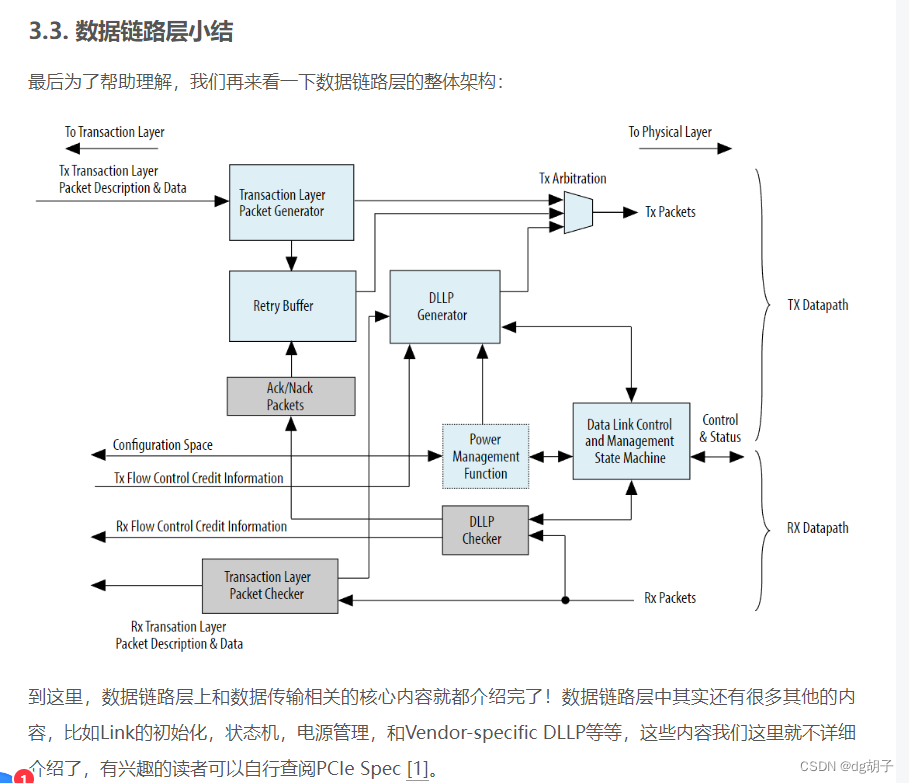

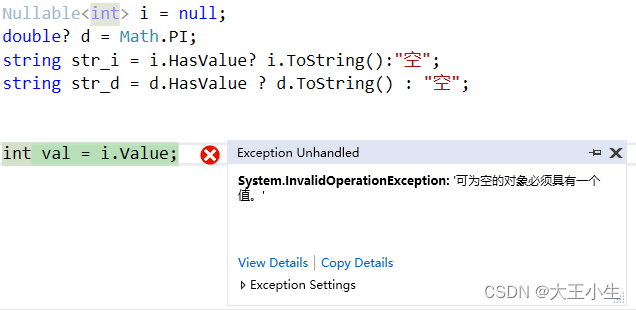

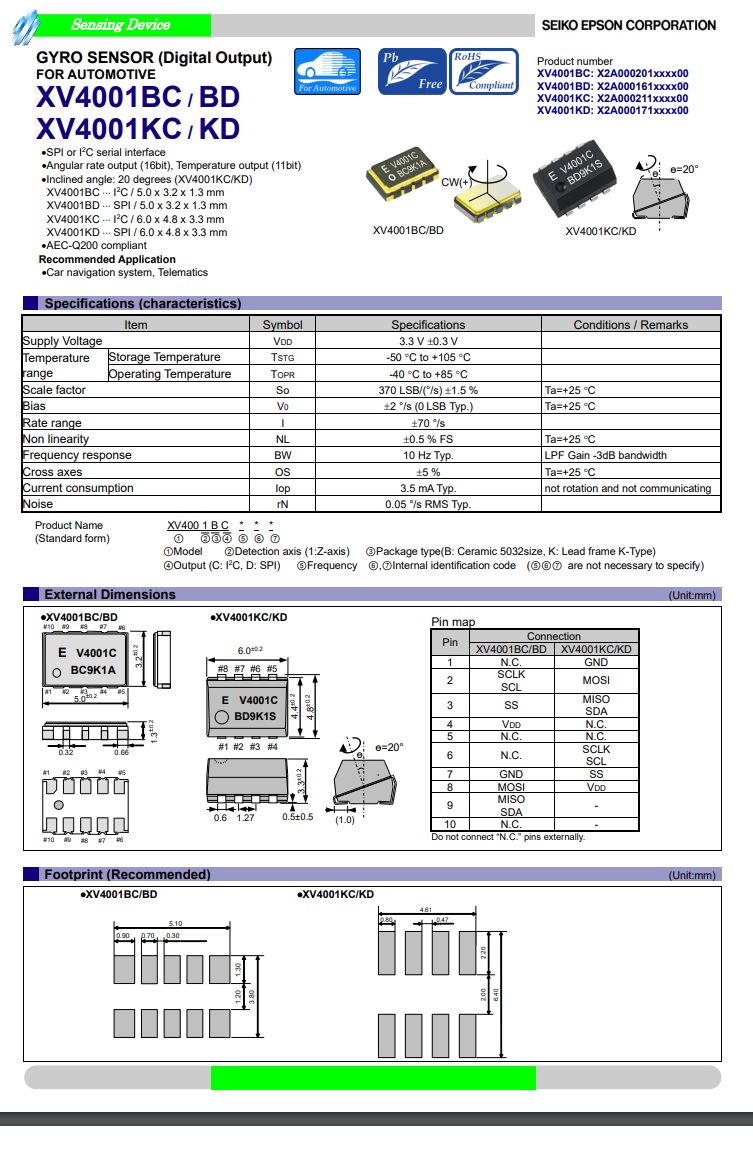


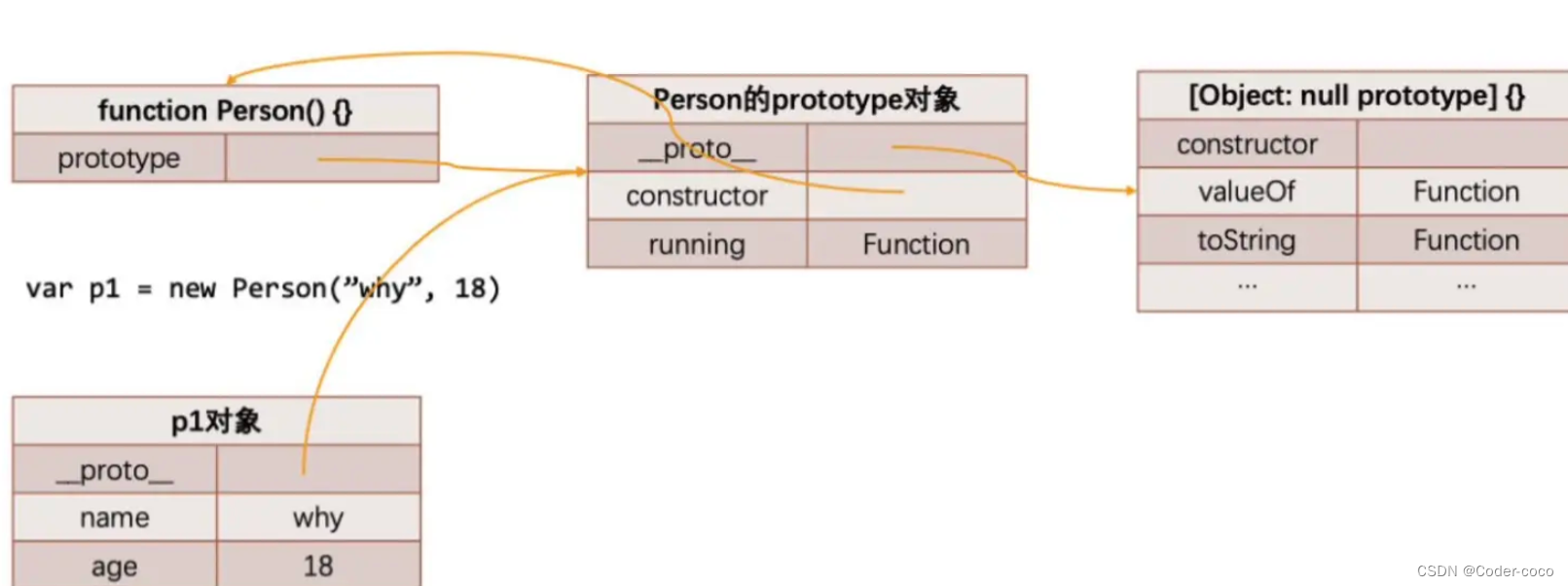

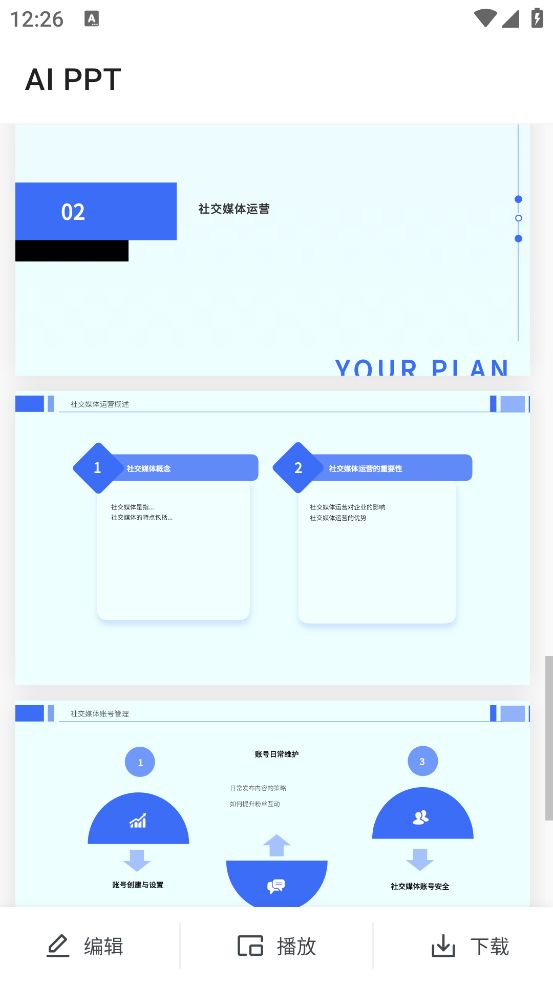
![[C++]日期类的实现](https://img-blog.csdnimg.cn/direct/548520aac29d4d889349bf08cf66fe9d.png)


